Livestock
All Livestock Content
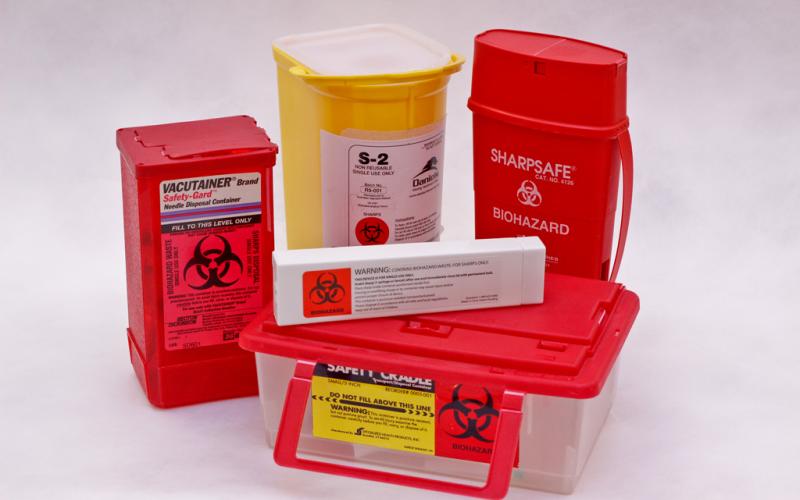
Where Do the Sharps Go?
Sharps used in livestock husbandry practices are considered medical or infectious waste. Regardless of why an animal received a shot, it is important to dispose of the needle in a safe way.
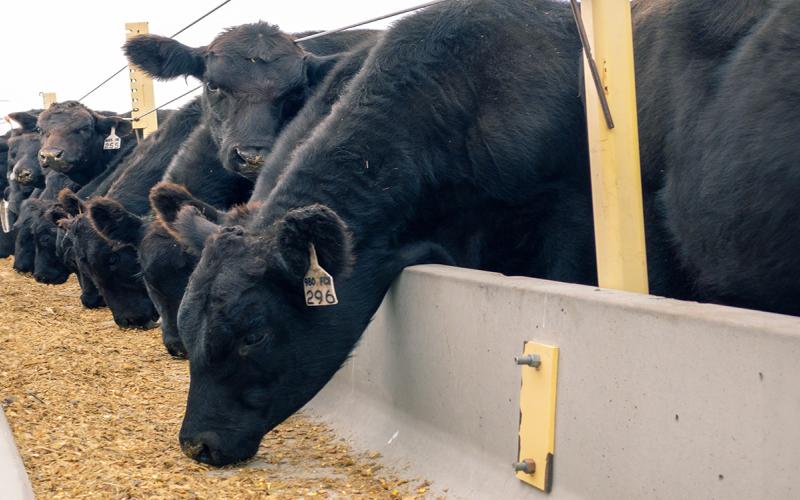
Preconditioning Calves: Is it the right choice?
Preconditioning involves weaning calves at least 45 days in preparation to enter the stocker phase or directly into the feedlot. Learn some important tips to help determine if it's the right choice for your operation.

SDSU Extension welcomes new Diversified Ag Field Specialist to Winner office
September 29, 2023
South Dakota State University Extension is pleased to welcome Jimmy Doyle as a new Diversified Agriculture Field Specialist.
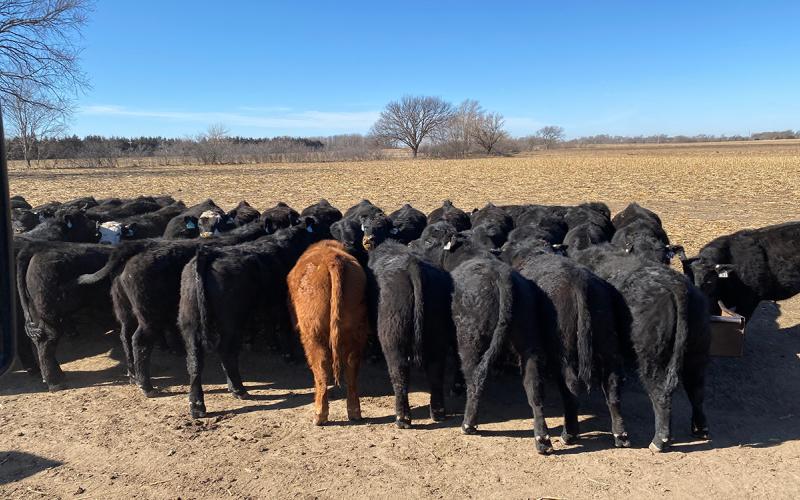
Backgrounding at Different Rates of Gain
The purpose of backgrounding is to increase calf body weight after weaning and before finishing. A recent study investigated the effects of different backgrounding systems on growing calf performance.
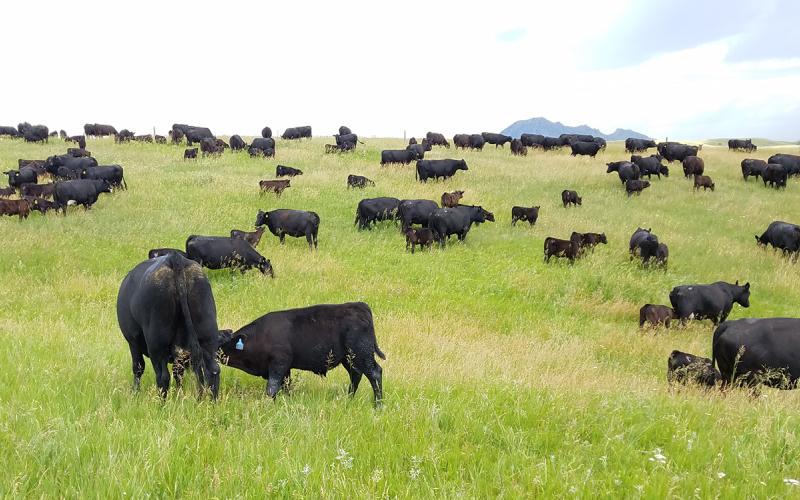
Equation of Reproductive Efficiency
The key factors to reproductive success in beef cattle are proper management, nutrition, health, and selection, while reproductive technologies can enhance management if the previous factors are in sync.
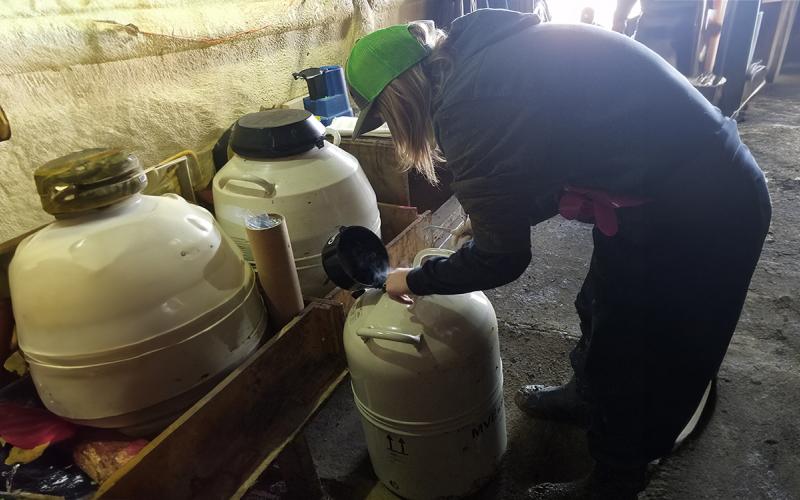
Dangers and Safety Precautions With Liquid Nitrogen
If you artificially inseminate, you have been exposed to liquid nitrogen. Even though it is commonly used in livestock production, it is critical to follow safety procedures, because it is very dangerous.
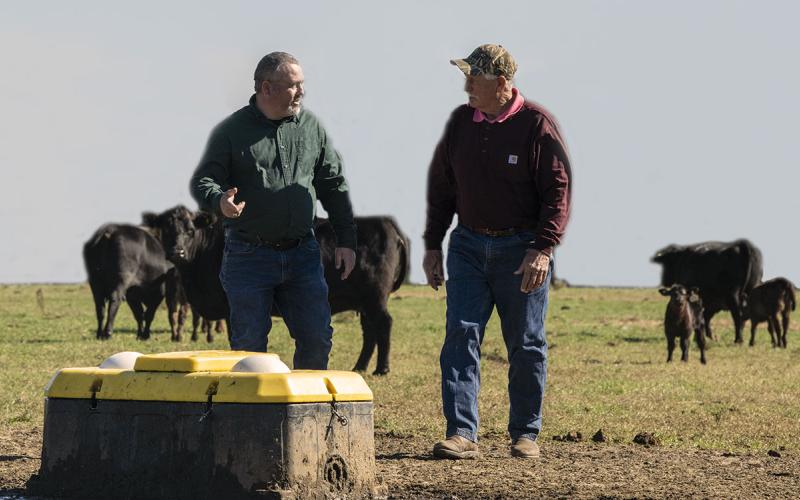
Water Monitoring Systems for Livestock
Depending on animal locations, checking water tanks can require hours of labor and significant fuel costs for remote pastures. Water monitoring systems offer producers a convenient way to check the status of the water sources remotely.
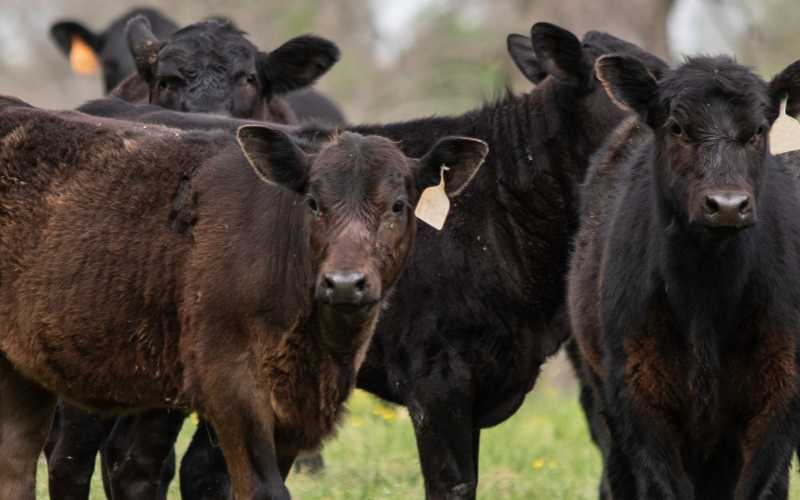
SDSU Extension Calf Value Discovery program registration open
September 21, 2023
Cow/calf producers can gain valuable information to improve their operations by participating in the South Dakota State University Extension’s Calf Value Discovery program, which is now accepting entries for 2023-2024.

SDSU Extension welcomes new beef nutrition specialist to Sioux Falls office
September 19, 2023
South Dakota State University Extension is pleased to welcome Madison Kovarna as a new Beef Nutrition Field Specialist.
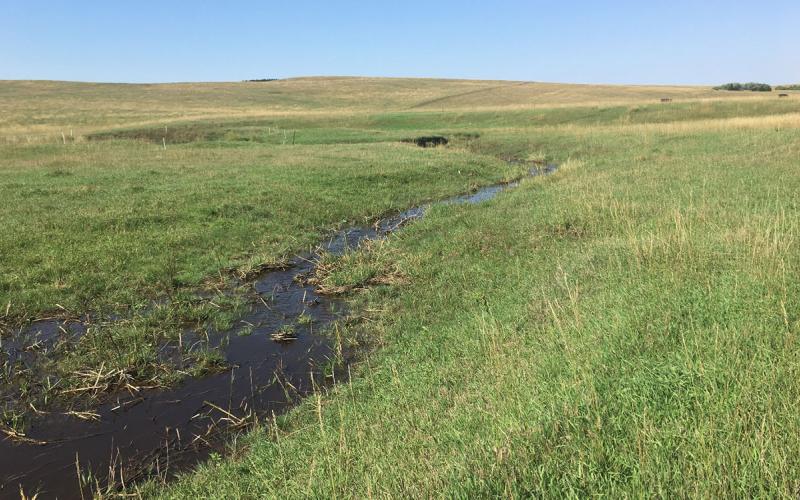
Fall Grazing: A Cautionary Tale
It is very tempting to graze new, green cool-season grasses when pastures are dry most of the summer. However, caution should be taken to not overgraze this green-up.